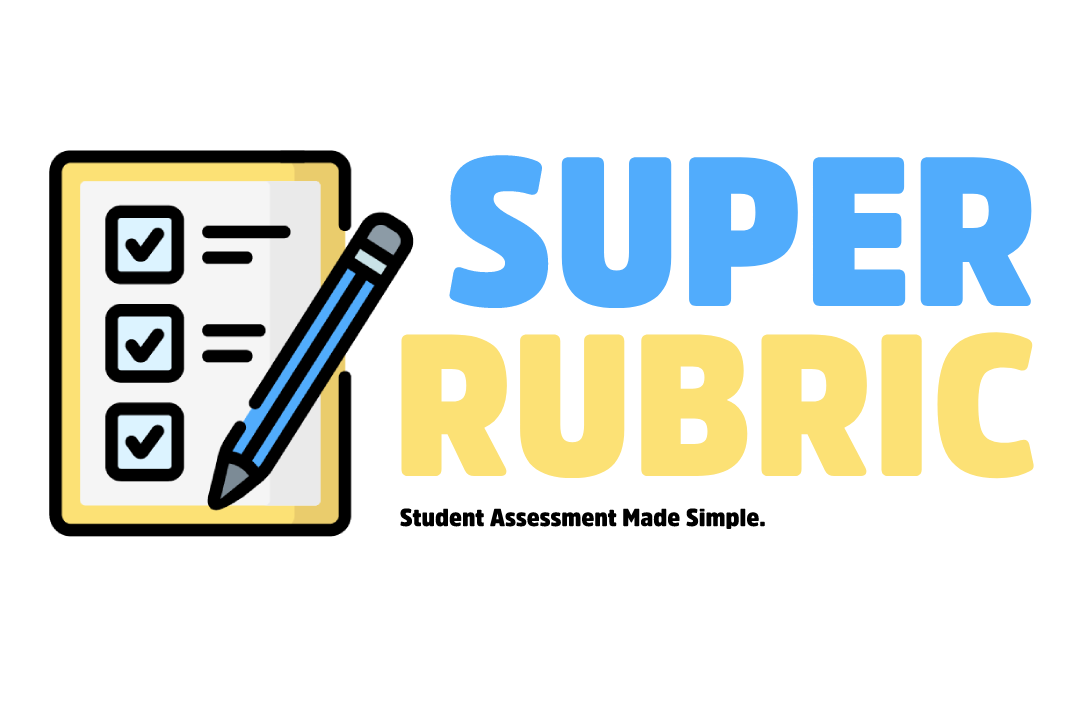It may seem like a no-brainer but students learn best when they are guided through a learning process. For many teachers, this means starting with an understanding of how to make a rubric for assessment.
We use rubrics for assessment because it provides both the student and teacher with an objective measure of outcomes. While a student can view a rubric and see expectations, teachers can view individual student and class performance.
In this post, we are going to talk about how to make a rubric for assessment.
How to Make a Rubric for Assessment
Teaching would be a simple job if all we needed to do was instruct and assign tests. The reality is, due to student needs and curriculum expectations, rubrics is an important tool to make student assessment simple. Let’s talk about some of the most important steps for how to make a rubric for assessment.
Step 1: Understand Your Students
The first step to making a rubric for assessment is to understand your class and your school/curriculum expectations. Every student, class, and school is unique. This means we need to look at how your students learn, and what they are required to learn in order to achieve course credit.
Step 2: Set or Create Expectations
Depending on your school and curriculum your expectations may look different to another teacher. Expectations are generally aligned with a specific task or objective. For example, in an essay, you might have expectations such as length, formatting specifics, tone, etc. These expectations help students to understand what you (or the curriculum that guides your assessment) are looking for.
Step 3: Use Numbers and Descriptions for Assessment Criteria
The best rubrics are ones that can be easily understood. We don’t need this step to be confusing. We need students to be able to understand every part of the rubric. Use both numbers (1-4 scale) and written descriptors to ensure students understand what expectations they are meeting.
Step 4: Collaboratively Meet with Students
The best way to ensure students understand their grades is to talk to them. Block off some time following an assignment to sit down and chat with your students about what strengths and areas for growth they have. This step is very important to ensure students view grades as a long-term growth-based process.
Step 5: Use Rubric Guiding Data Tools
This is perhaps the most important and challenging step. Rubrics can be used as data tools. Grouping students to identify where your class is struggling may help to guide your instruction – but it may also help to notice where students are excelling.
Example: Analytic Reading Response Rubric

Here we have a reading response. This type of rubric would be used after your students have read a chapter in a novel or a section in a course textbook. The purpose of this rubric is to help guide the student’s reflective response to reading.
Our reading response rubric focuses on 5 key assessment criteria: understanding and reflection, depth of connections, use of language and conventions, word choice, and formatting/references.
Throughout these assessment criteria, we have key descriptors that help students to understand expectations. These expectations are also aligned with a typical D- to A+ level scale. By using criteria descriptors, levels (D- to A+), and scores (50-100%) students will gain a deeper understanding of their grades. Teachers can also use this as a data tool to track performance and outcomes.
Try out the reading response rubric by clicking here.
Conclusion
Creating rubrics for your students can be a rewarding experience, but it can also be extremely time-consuming. Teachers who love using digital tools that make student assessments simple will benefit from our online software. Take a tour and create your first rubric today using one of our super rubrics.
Student Assessment Made Simple








You must log in to post a comment.